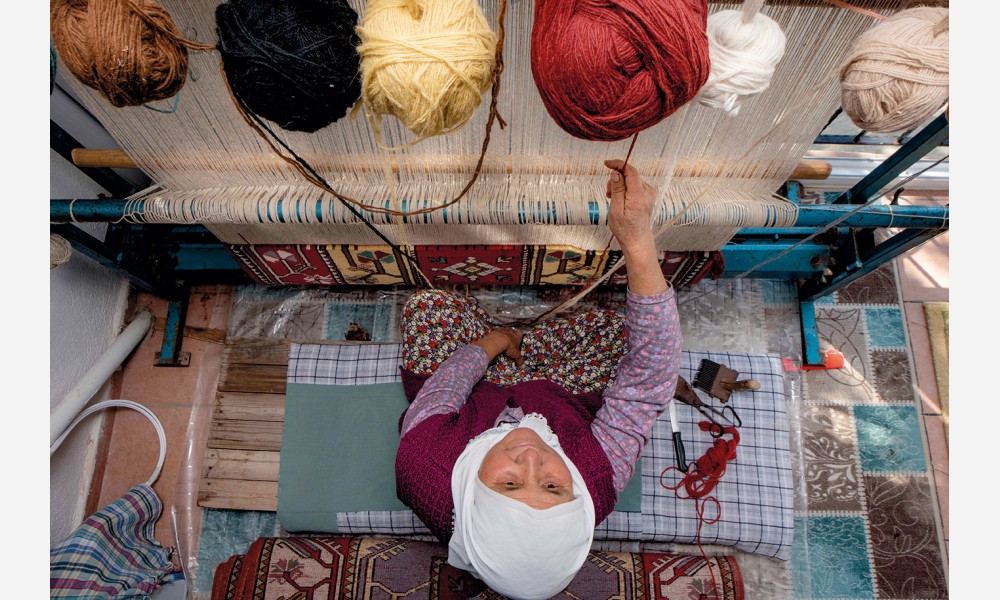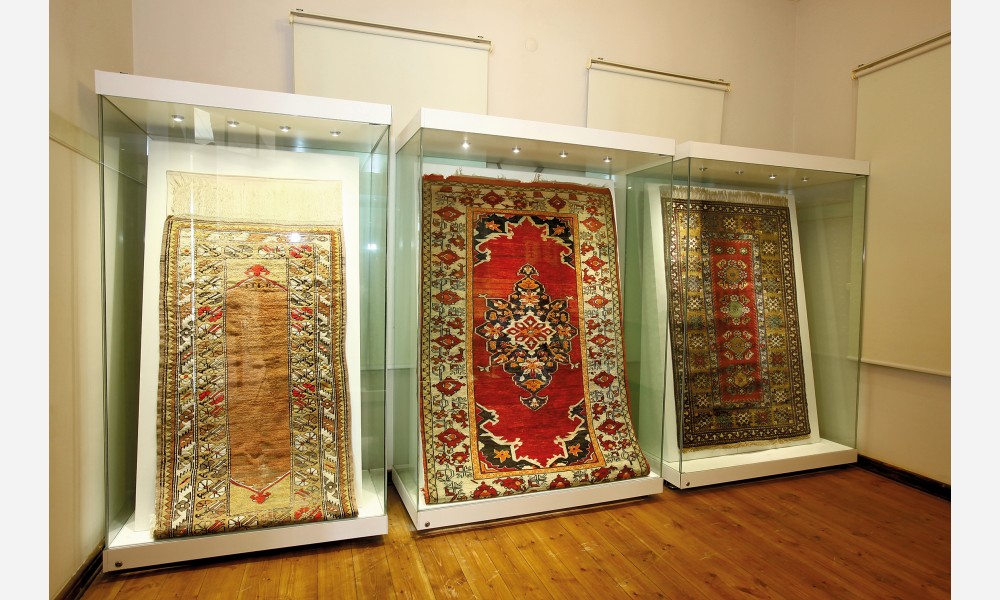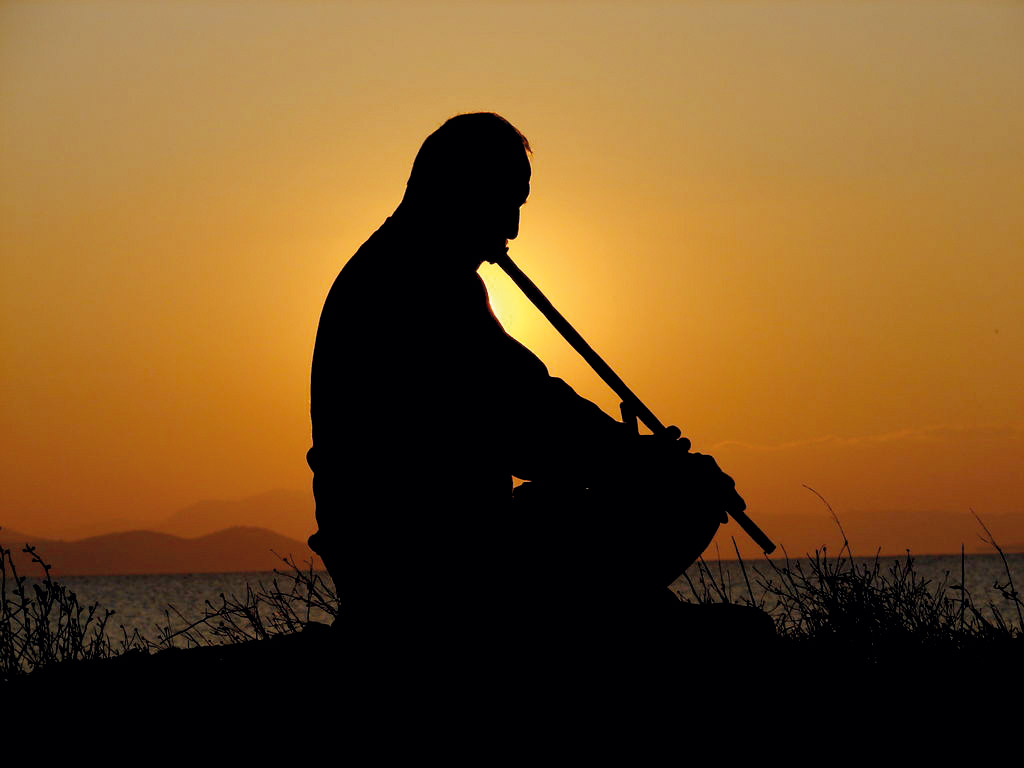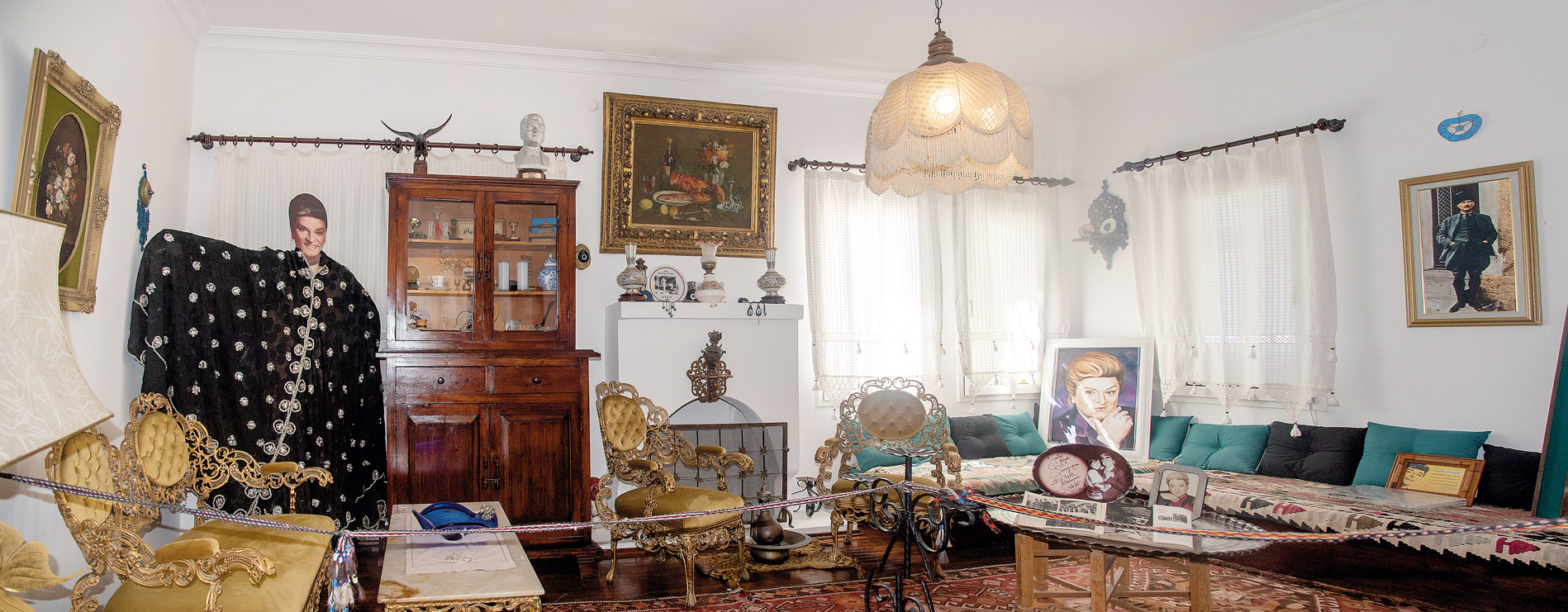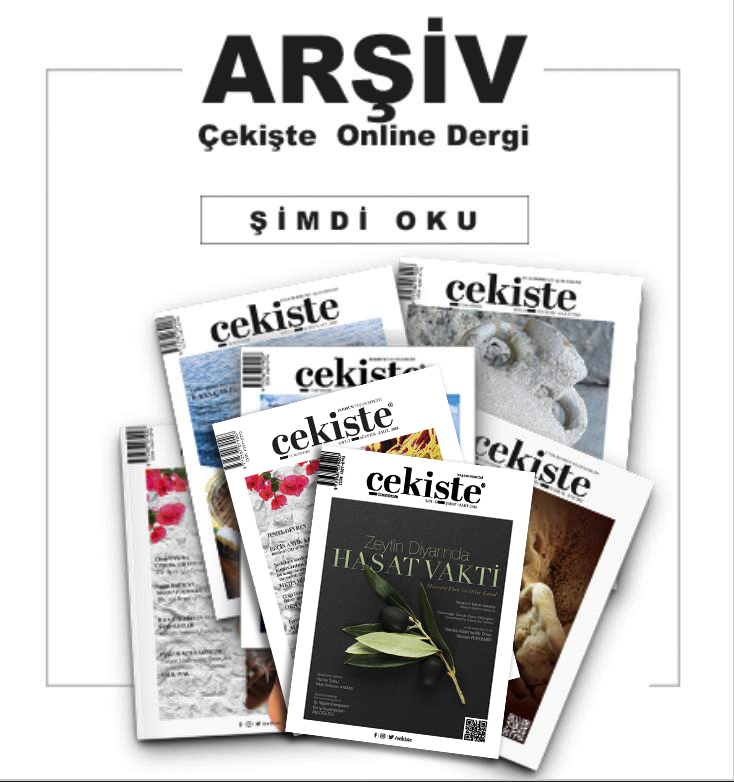Milas Carpets
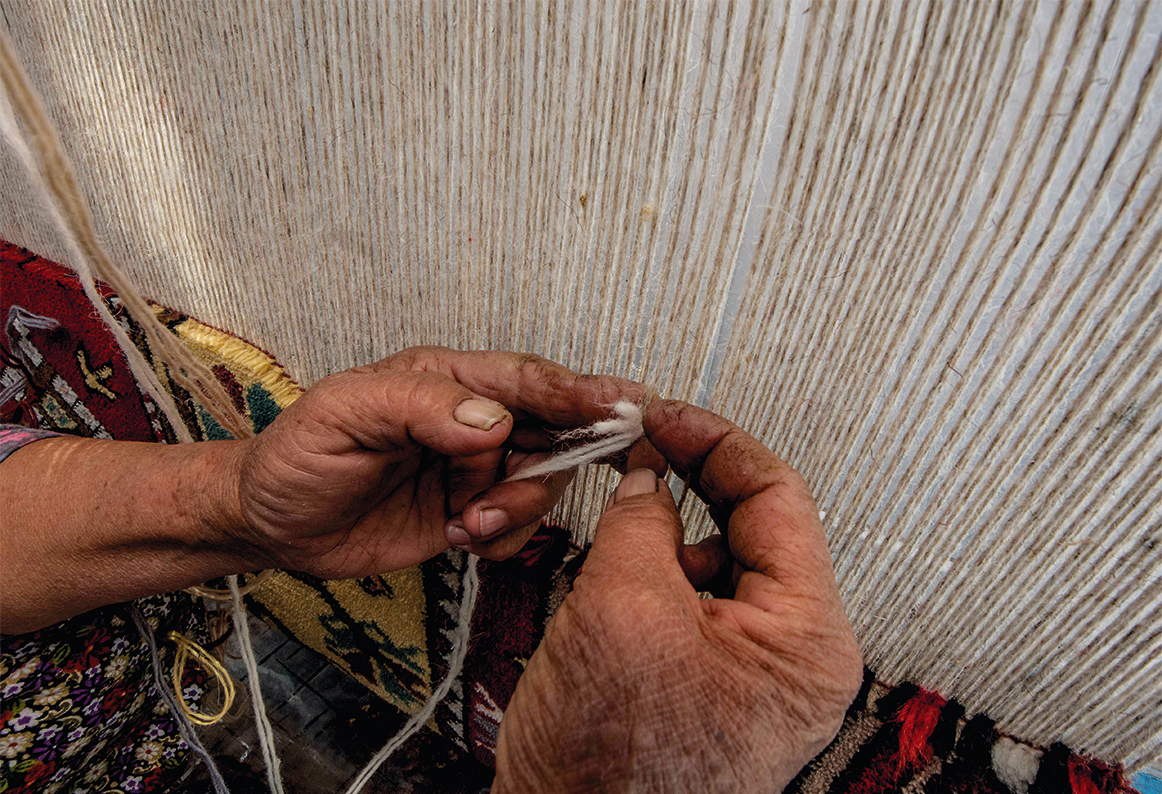
Proprietary Milas Carpets have a worldwide reputation with the diversity of their patterns and colours. It is the main source of the richness of the cultural accumulation of Turks coming from Central Asia. Several traditions, customs, financial and emotional cultural values are weaved in the motives.
The earliest examples of Milas carpets date back to the 17th-19thcenturies. The Milas Carpet with different patterns and compositions is exhibited in important museums of importance not only in our country and also in the world. Milas prayer rugs of the 18thcentury are generally said to be prayer rugs. With their shapes of mihrab (The front and forth side of the rug) and motifs adorning their surfaces, Milas prayer rugs, which are accepted as the first important examples of Milas carpets, feature characteristic for the region.
The Milas carpet, which has been painted with madder paints for centuries, continues to be weaved with the traditions of “double-knot”, “wool” and “madder root” on the carpet loon, which is called, “istar”.
Every motif in the Milas carpet is full of clues about the life of the local people. A woman, who had no children for years, has a baby eventually. A snake bites the child and he dies. The woman weaves the shape of the snake onto the carpet in order to take her revenge so that he would be trampled under the feet. The traditional motif reaches today. The handicraft carpets, which are weaved by the women of Milas, have also become their companions in misfortune.
26 colours, such as coral red, tile red, black, purple, brown, yellow, claret red, green, walnut red, acorn colour and vivid blue, are used in the Milas carpet. In the Milas carpet, which reflects the culture of centuries, the dominant colours are red, brown and yellow tones.
Ropes are coloured in the waters of the plants, which exist in nature, after passing through various stages and it is called “madder paint”. While it is still a legend believed that these paints adorned with the mystery of tradition give the carpet a more beautiful look and shine over the centuries; the tradition of natural painting technique, coming from ancestor to children, adds colour to the houses of buyers who know their value today.
Milas is a unique centre of carpet weaving known for its thin and wide borders. The Milas Carpet is the cultural treasure of the region, where it dwells, and it is the value that resists being forgettable. Its content is grown in soil and story is born in the hands of the women of Milas.
The time passed by and as a result of commercial concerns, change in consumer choices and changes made in the name of contemporary and modern design; the World’s weaving art retired from the origins and met the Milas Carpet.
Despite everything, those carpets, playing the role in history, mediate in the transportation of the handicrafts combined the colours of nature to houses today. Designs revealed with the maturity of centuries are both flexible enough to fit today's conditions and too strong to lose their historical face.
The ownership rights of the geographical sign registration, which was made in 1993; in order to prevent unfair competition caused by poor quality products unlike traditional Turkish handmade carpets, with 21 Turkish handmade carpets and 3 rugs, belong to Milas Chamber of Commerce and Industry now.
In the scope of the project, which was put into practice under the leadership of the Milas District Governorate, the Milas Chamber of Commerce and Industry (MITSO), and the Public Education Centre of Milas, important steps have been taken to revive the tradition in order to raise the awareness of carpet weavers; make them weave using the traditional Milas motifs and patterns in geographic mark standards. In the first stage of the project started to be implemented in January, seminars and courses were given on how an original Milas Carpet should be to the women, who live in the villages of Milas and started weaving carpets when they were children. The ropes coloured with madder paints were obtained with the sponsorship of the MITSO and given to the women upon request. The former carpet looms were taken out of the storage room.
Today the Milas carpet is woven in the villages of Kuzyaka, Balcilar, Karacahisar, Cokertme, Bozalan and Gurcegiz. 36 women living in these villages support the project.
In order to obtain the original Milas Carpet; both the frequency and the number of stitches should be correct in each decimetre, the motif should not be dissolved and the rope should be coloured by using madder paints or organic dye.
Woven carpets are checked, measured and documented by academics according to the geographical indication.
When stepping on the carpet, one gets hag-ridden while feeling what happened behind the weaving loom and how it was woven in the carpet. Then it will be understood that Milas carpet is a fortune laid under the feet and a kind of value that one cannot give up once heard about its history.




